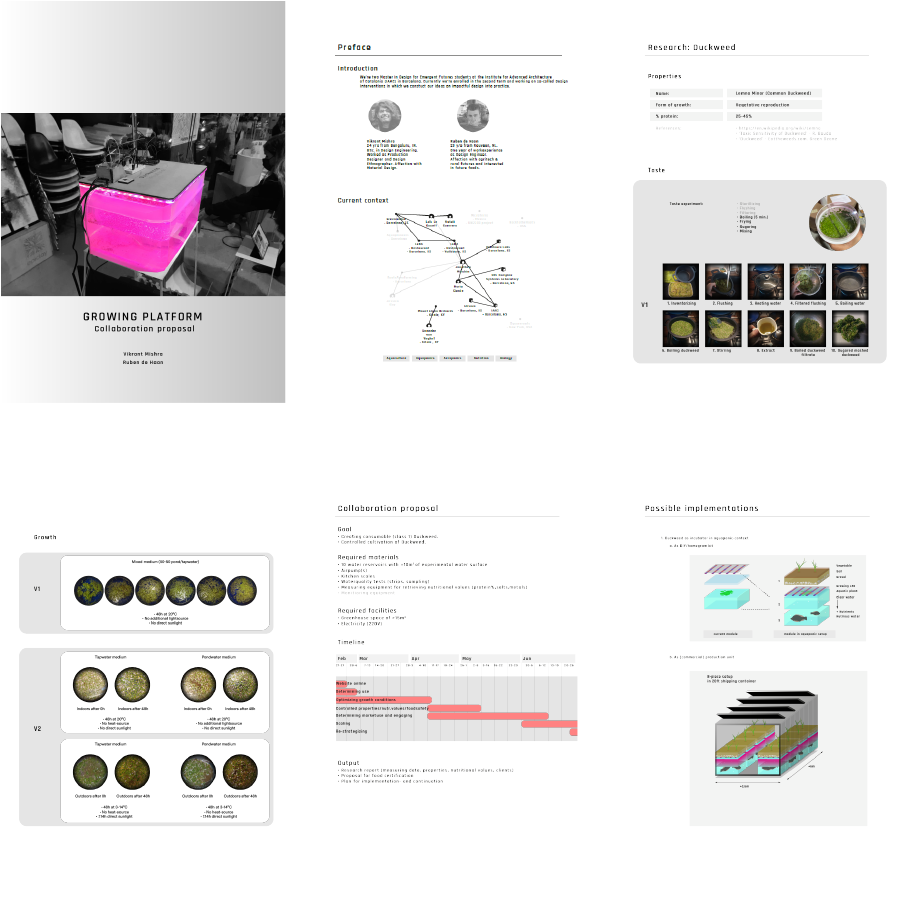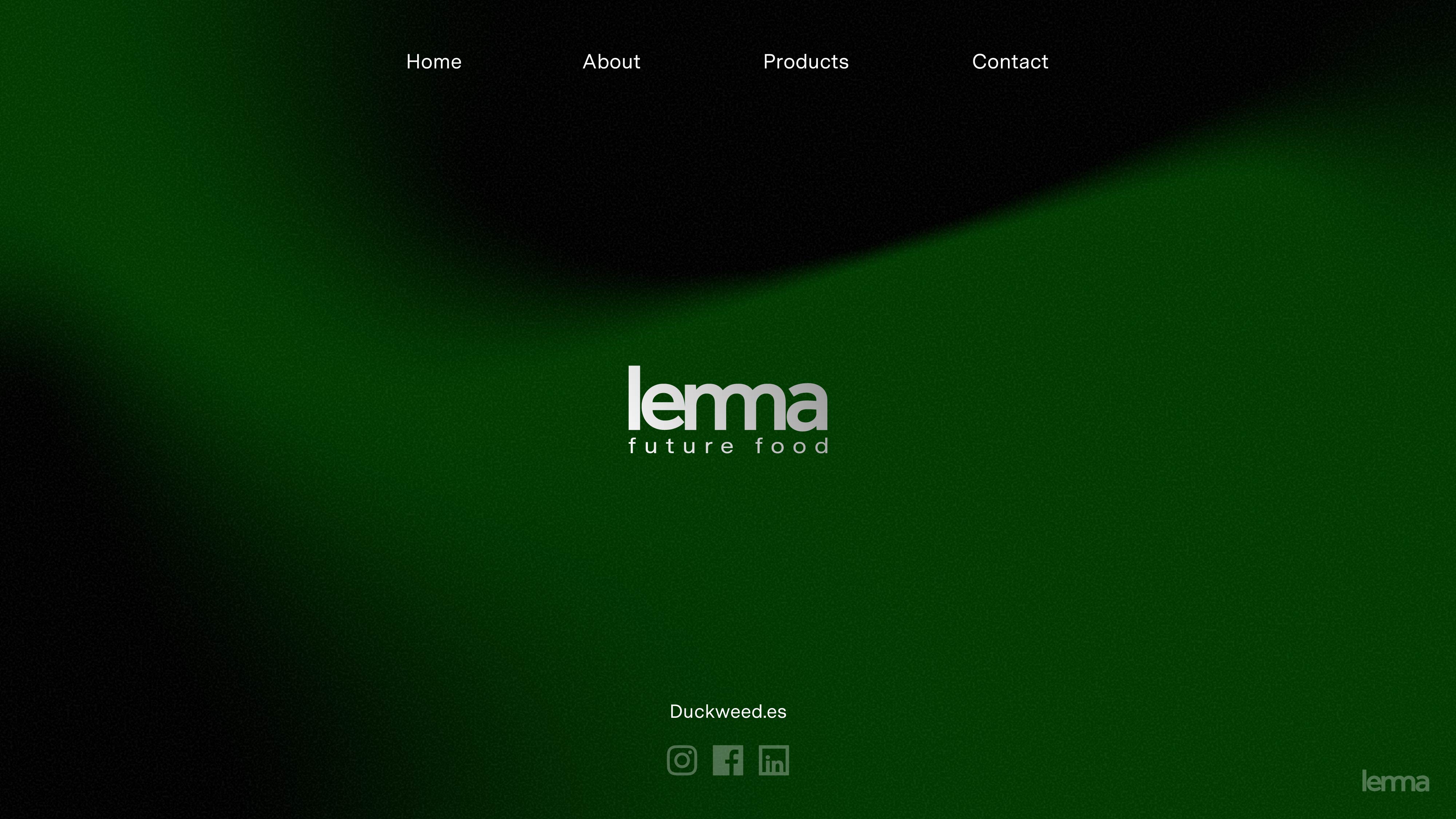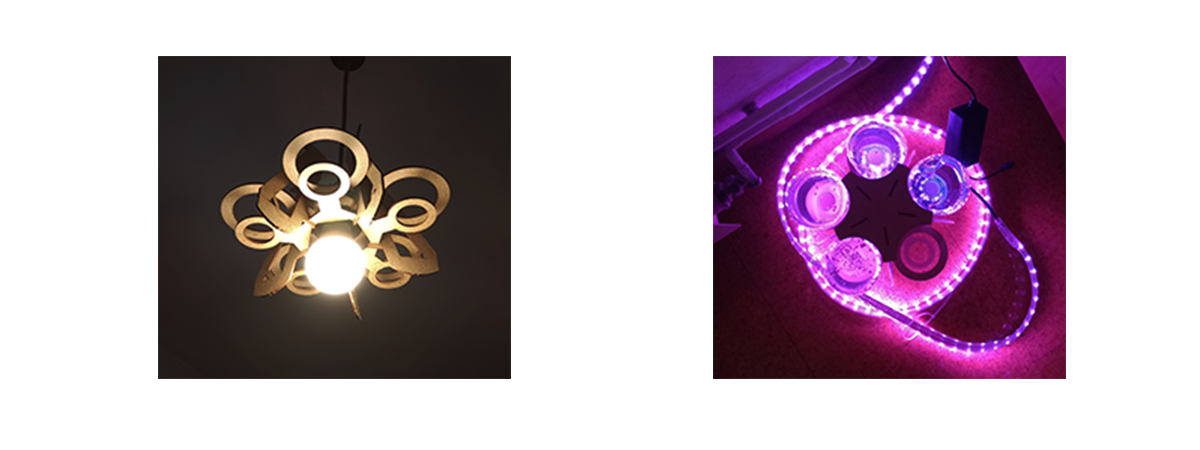Duckweed
Continuing on first term's outcomes, the Duckweed Incubator project shifts into a more multi-experimental approach. We renamed it project Duckweed, as close, unlied representation to what's involved: Duckweed.

Experiment: growth v1
By cultivating a portion of (±100 plants) duckweed (Lemna Minor) in 10l mixed water we were able to cautiously determine that vegetative germination does not get limited and might possibly even be stimulated when using local untreated tapwater as growing medium. In this experiment 5l pond water was mixed with 5l tap water before adding the duckweed.

Experiment: growth v2
Follow-up test was conducted to determine the (yes/no) influence of sunlight and/or temperature on vegetal growth. The hypothesis is that the type of water is a larger factor of influence on the growth than both temperature and light-exposure. Since our first experiment we concluded that the duckweed thrived on the tap water and therefore the quality of different duckweed sample outcomes after 48 hours are estimated from best to worst in the following ranking:
-
Estimated quality of duckweed-growth from best to worst:
- Duckweed in tap water inside.
- Duckweed in tap water outside.
- Duckweed in pond water inside.
- Duckweed in pond water outside.
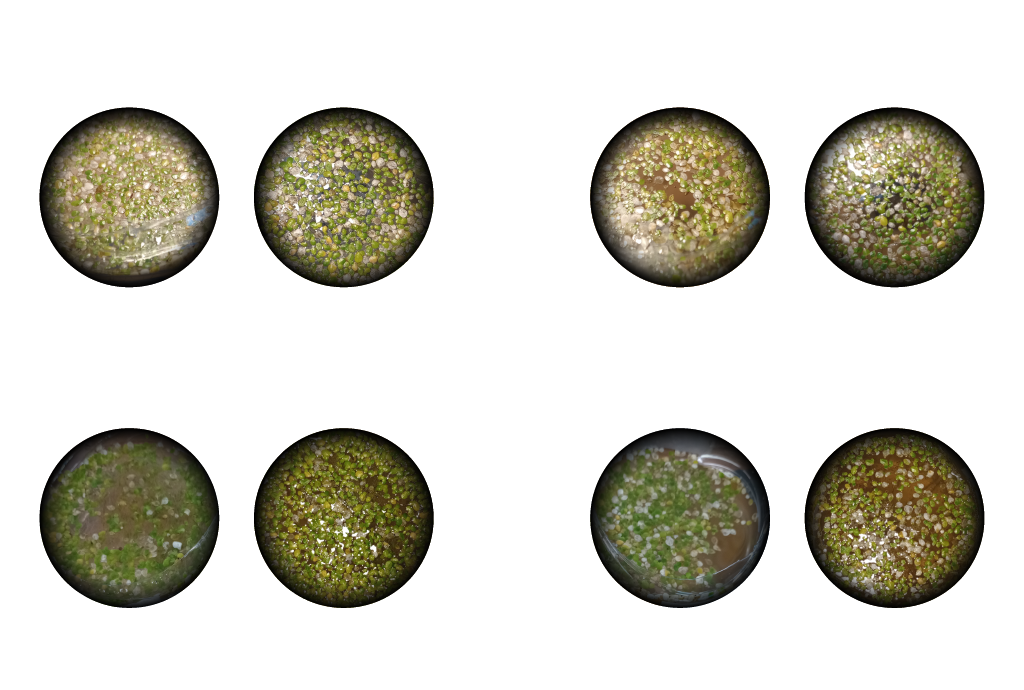
The sample in tap water placed outside resulted in the best growth. The test was executed in late-January in two days with over 14 hours of full sunlight-exposure. The outside temperature fluctuaded between 3°C during night and 14°C during day. After documenting for this fixed timespan of 48h the experiment was left running for another 7 days. During this period the tap water samples stabilized while those on pond water started declining/dying.
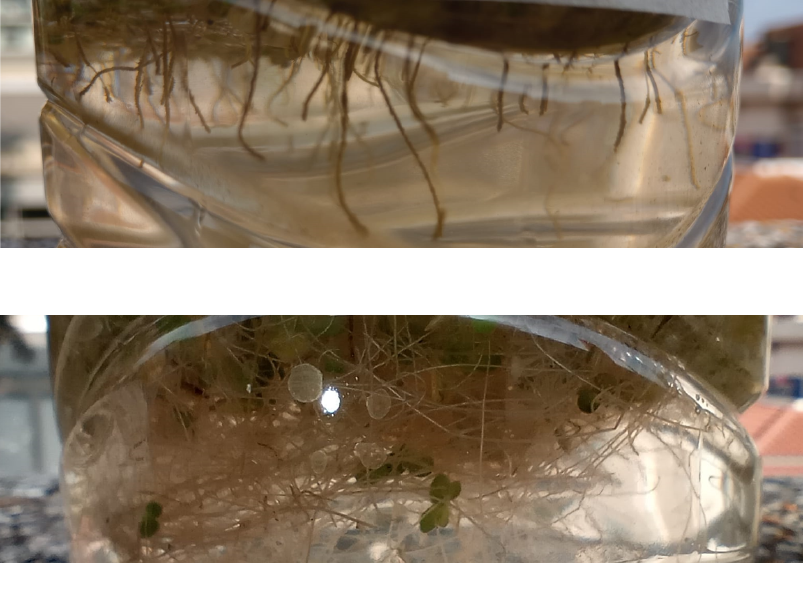
Conclusion:
After executing the experiment and reflecting on it the conclusion is that the optimal growing conditions of Duckweed (Lemna Minor) include light and/or warm surroundings and prefer (chlorine-rich) tap water over pond water, without disruption of its circadian cycle (day/night).
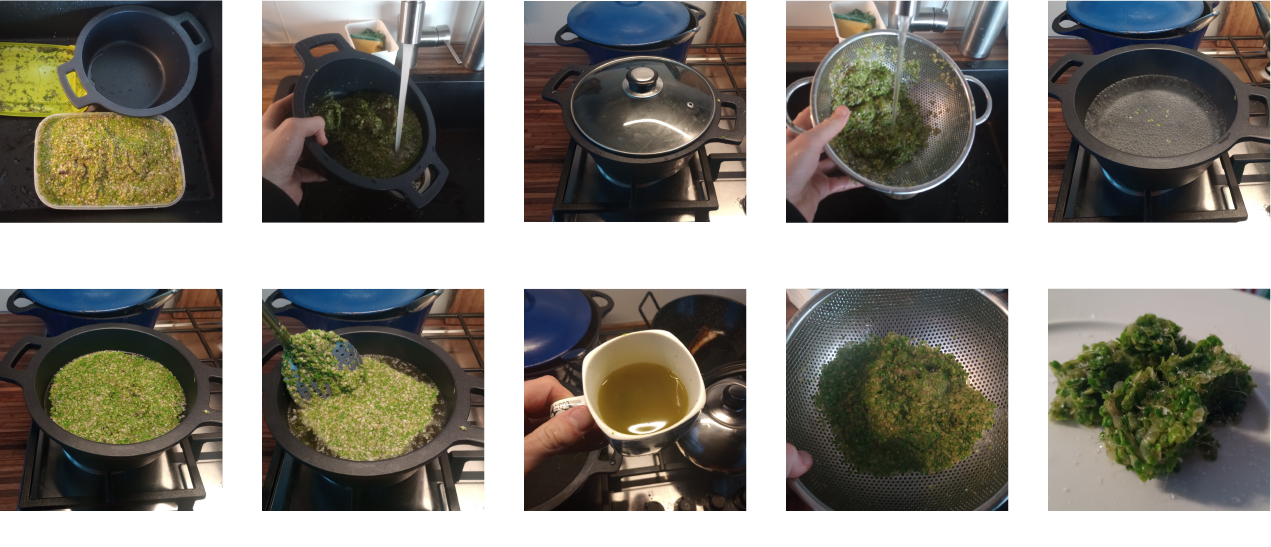
The expectations in terms of Duckweed's taste on itself could be described as moderate. I had the assumption that the taste would closely resemble seaweed, spinach and perhaps - to less extend - sprouts or lettuces. After preparing, - in this case - cooking and tasting I would say it was closest to spinach both in terms of flavour and texture. The odors were very neutral and natural, clearly not unpleasant.
Continuation
- Measuring water quality. Important paramaters are: pH, metals and
calcium content of the water to prevent calcium oxalate
(a salt which is dangerous in high quanitites) of binding onto the plants. - Approaching and engaging with Hanneke van Veghel, Green in Blue and Núria Conde.
- Experiment: growth v3
- Deciding on a documentation and branding approach.
Discussion with Hanneke van Veghel, Mount Elgon Orchards
Hanneke is the environmental manager at Mount Elgon Orchards in Kitale, Kenya. She works on increasing the sustainability of the farm, community and land while running various projects focussed on nutrition, trade and water-management. We discussed ideas on our project, suggestions for our strategy, possible ways of processing the material and options for implementation while considering the largely divergent contexts of The Netherlands, India, Spain and Kenya. Hanneke proposed to introduce a duckweed sample to grow into one of the dam lakes supervised by Mount Elgon in Kenya.
Discussion with Natali, GreeninBlue Aquaponics
After explaining our project GreeninBlue did not went into further details on our research proposal. Their current interest is to apply their offerings. Expanding research-wise was therefore not worth diving into.
